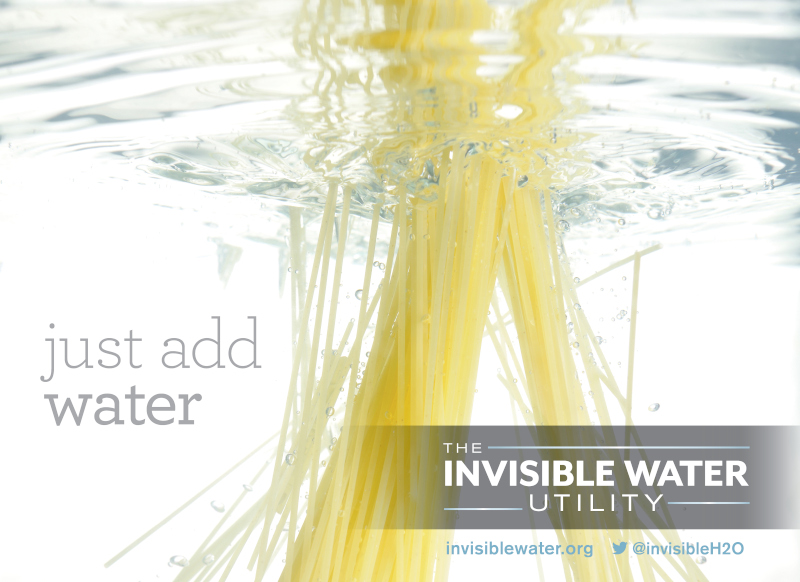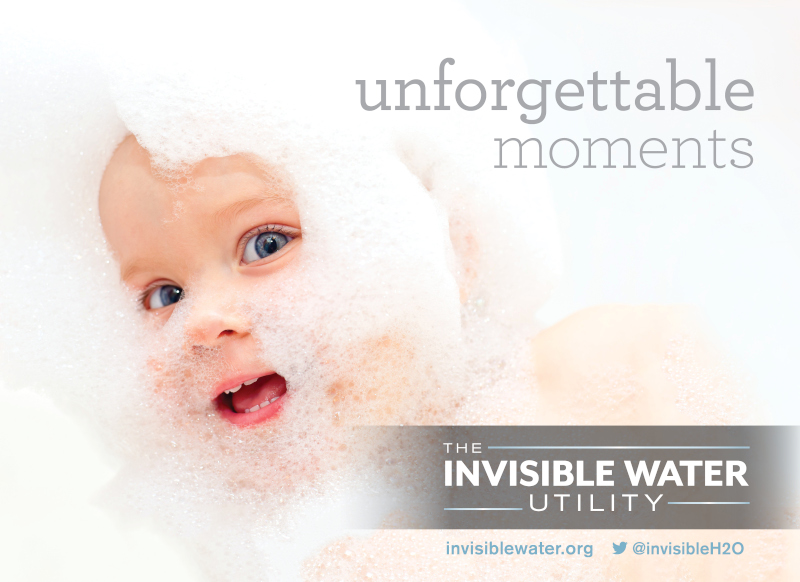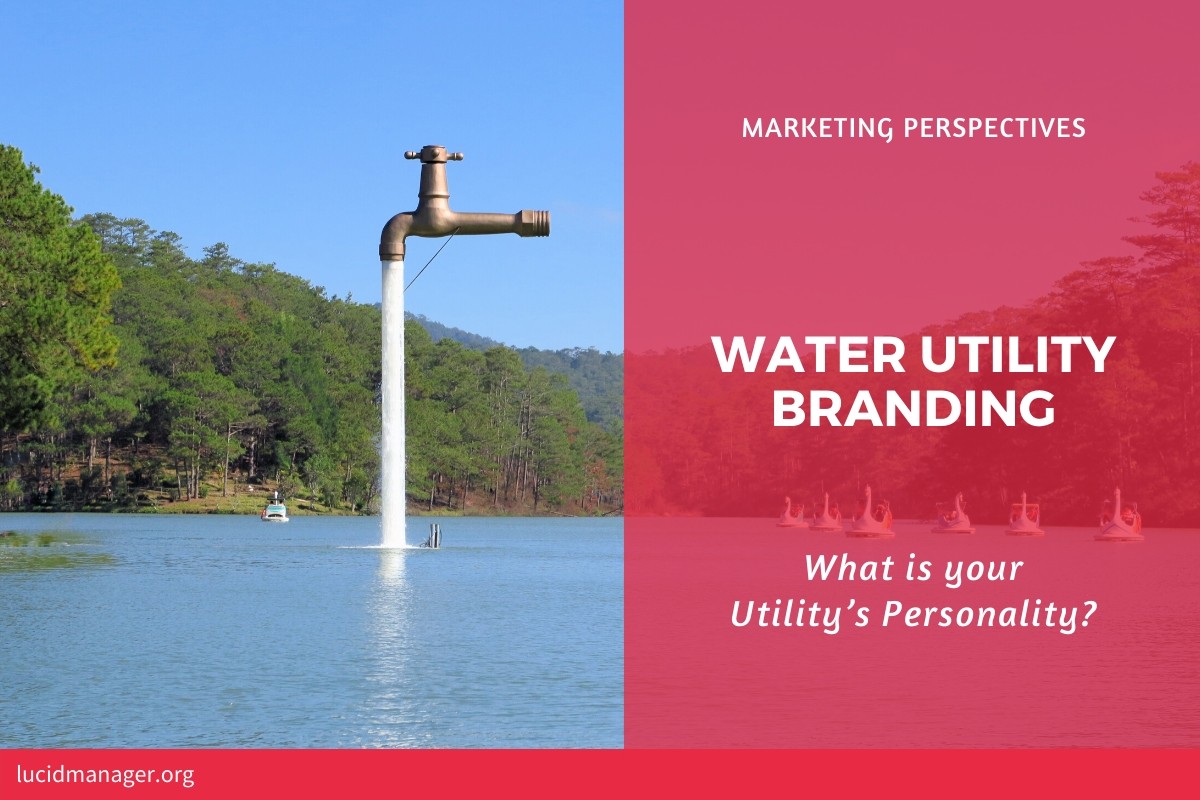
Water Utility Branding: What is your Utility's Personality?

Peter Prevos |
808 words | 4 minutes
Share this content
Water utilities are generally invisible to their customers. You open the tap, water comes out and ones in a while you receive a bill. Customers tend to only contact water utilities when they need to undertake mundane tasks, such as changing payment arrangements, or when they experience a service failure. Neither of these activities are conducive to a string brand for water utilities.
How can a water utility create a strong brand when they provide a service at arm's length from the customer? This article reflects on some branding opportunities
Water Utility Branding
The biggest problem with branding a water utility is that the average consumer only spends a few minutes every year in direct contact with utility staff. The number of touch points between the service provider and customer, beyond the bill and the physical server, are minimal. While water utilities manage millions of customer experiences every day, they occur in the privacy of the customer's home without any opportunity for branding.
A few years ago I lectured consumer behaviour for masters students at La Trobe University. I asked students to view a website of a water utility and describe the brand personality of these utilities. One student asked: "Where is the emotion?". The site was filled with images of excavators laying pipe, treatment plants and even a diver swimming in sewage.
Where is the emotion?
Water utilities can improve brand personality by emphasising the intangible aspects of the value they provide. Water utilities are not technology companies, but they deliver a substance that mediates emotional experiences, such as bathing your child.
These mock advertisements express this idea that the value of water lies beyond it being vital to sustain life. Water plays an important social role and most of water consumed in developed countries is not for survival, but for social reasons. Even our daily shower is not a biological necessity, but a ritual that we follow to make ourselves presentable to the outside world.
Water's biggest role is thus to facilitate social life, while only a small amount is consumed each day for biological survival.
Branding beyond the logo
A brand is so much more than a logo and extends into everything the utility does and communicates. An example of where branding meets core service delivery are the assets that are visible in public space.
Engineers design most water utility assets with a utilitarian purpose. Most pump stations, pipework and other public assets are more often than not an eyesore. The design of these assets, beyond their functional use, influences the image that people have of the local utility. This idea does not mean that we need to slap a logo on assets visible in public space — it requires a bit more thought.
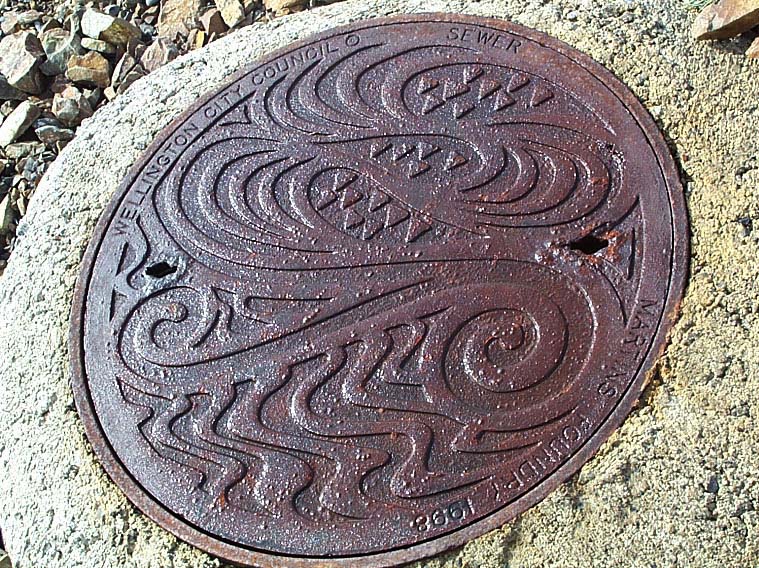
The photograph shows a sewer access chamber in the city of Wellington. This design is an prime example of utility branding as it provides a talking point in the street. There is no logo and this cover goes beyond the typical dull lids used around the world. A local Maori artist created this symbolic work of art. The design represents the water and sewage that flows above and below the land. The koru, the spiral shape, represents the people who live on the land and who need the water and sewage to flow.
Denver Water used to run a guerilla marketing campaign to increase awareness of the need to save water. Their creative expressions not only draw attention, they also subliminally improve brand awareness.
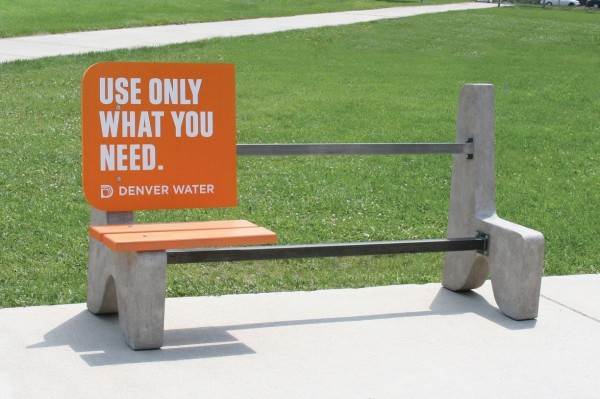
Branding an Invisible Water Utility
The invisibility principle still holds but it needs to be enhanced through using the theory of brand personality. If your water utility was a person, who would it be?
Water utilities work in the background to make sure society runs smooth, without needing to take the credit. They are like the chef or the stagehand that make a performance go smoothly, without being seen by the customers.
The core services of water utilities need to remain invisible. But this invisibility does not imply that water utilities have no brand. There is still a need to engage with the community to develop a relationship with customers. Rather than speaking to customers about core services, which is usually a conversation about service failures, utilities can build a positive brand by proactively engaging with communities.
If you like to find out more about using marketing theory to manage the experience of water utility customers, then please consider reading Customer Experience Management for Water Utilities by Peter Prevos.
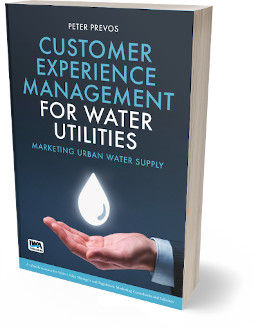
Customer Experience Management for Water Utilities: Marketing Urban Water Supply
Practical framework for water utilities to become more focused on their customers following Service-Dominant Logic.
Share this content
